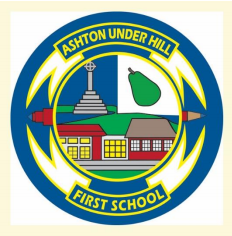Willow W/C 14.11.22
This week, as part of anti-bullying week, the children thought of various ways they can help prevent or stop bullying. We created a class poster thinking of different strategies and we learned that it is everyone’s responsibility to help stop bullying.
On Wednesday, we learned that a shadoof or shaduf (from the Arabic word, šādūf) is an irrigation tool used by Ancient Egyptians. It was a highly efficient tool used to retrieve water to use on higher ground and has been known since 3000 BCE. We have also learned that they are still used today in Egypt and Asia. We compared ancient and modern day shadufs and found out what materials were used. Next week, we will design and make our own model version, test and evaluate it following a design brief. As part of science, the children learned about the different parts of the ear and their function. Next week, we will learn how sounds are made and how they travel to our ears.
In English lessons, the children learned how to write an effective diary entry. We have explored rhetorical questions, personal opinion and fronted adverbials to improve our writing. The children have enjoyed learning about the discovery of Tutankhamun and Howard Carter and have been choosing to act this out at lunch and break times! In maths, we have been learning about multiplication and division, including the 3, 4, 6 and 9 times tables. Please continue to practise these at home!
In our Topic lesson we became Ancient Egyptian traders who had to barter for the different items that were on offer. Each person took on a role including a farmer, potter, scribe, fisherman or weaver who had to determine how many of their goods they would be willing to trade to get all of the items that they needed and wanted. We discovered that when the Ancient Egyptians first settled along the River Nile, the river supplied them with everything they needed to survive. Grain grew quickly in the fertile soil so they had plenty to eat; mud and stones were used to construct sturdy homes and monuments and items such as clothing and paper were all locally produced from plants and animals. However, they soon desired items which could not be produced locally so they sailed across the Red sea and Mediterranean sea in order to source materials to build bigger boats, better furniture and even chariots. The Egyptians also used wood for fuel so they could create fires for pottery. All of the children did a fantastic job of bartering with others to make a fair exchange and to bring back all of the resources they needed.
We are looking forward to next week as we will be creating our shadufs as well as learning about the process of mummification.


